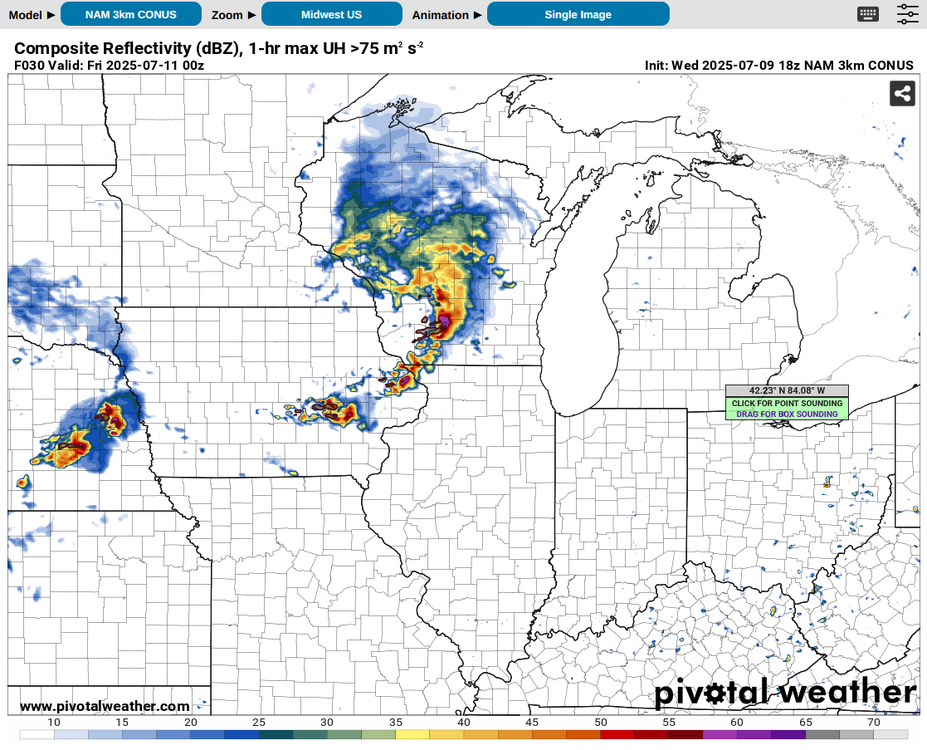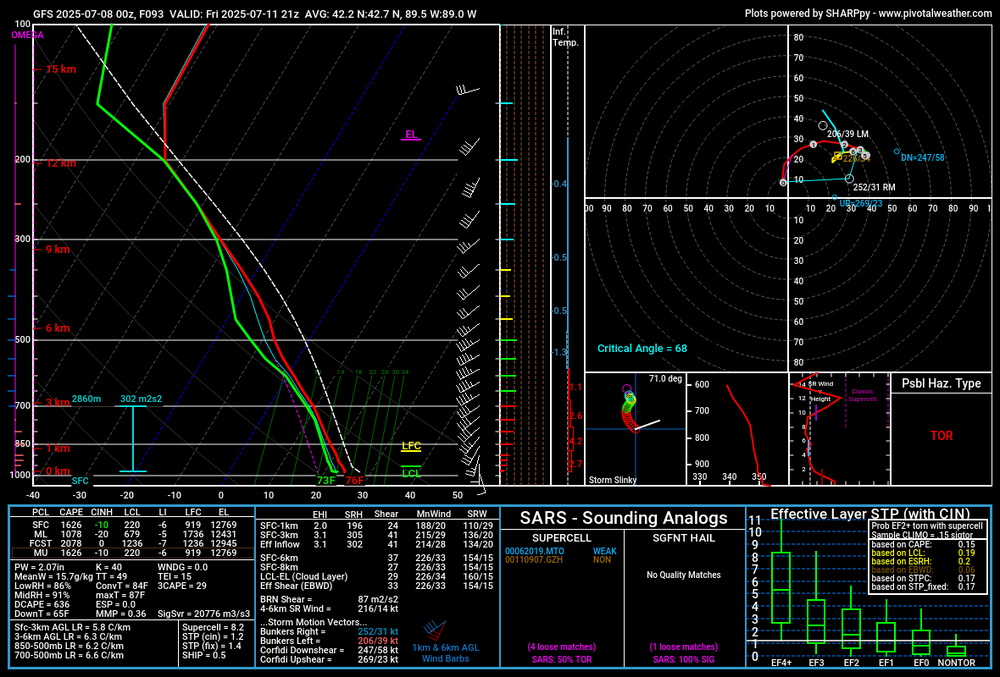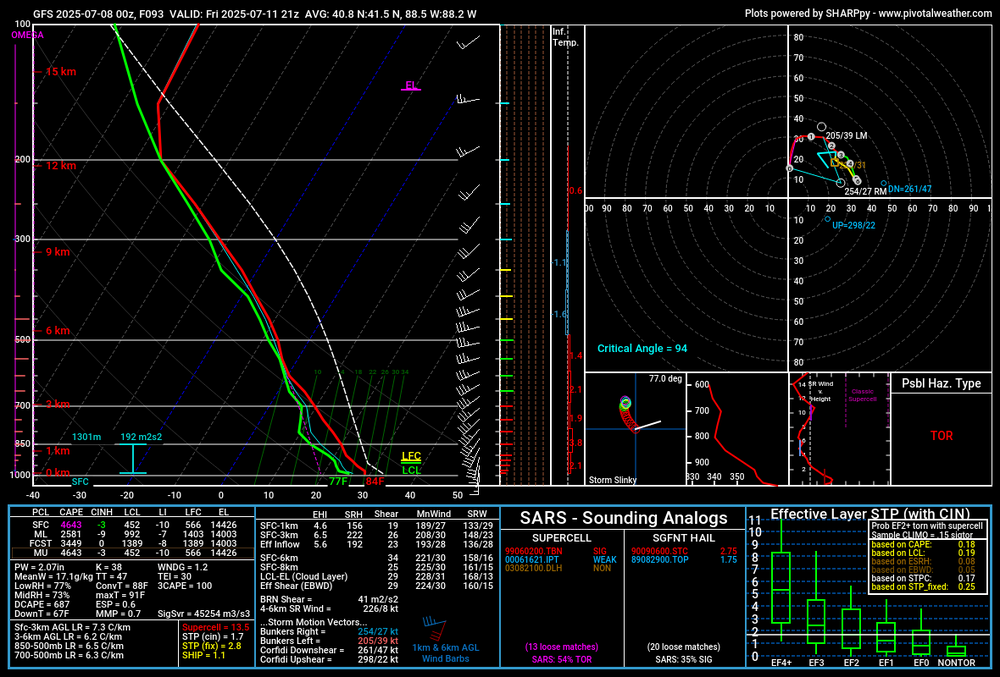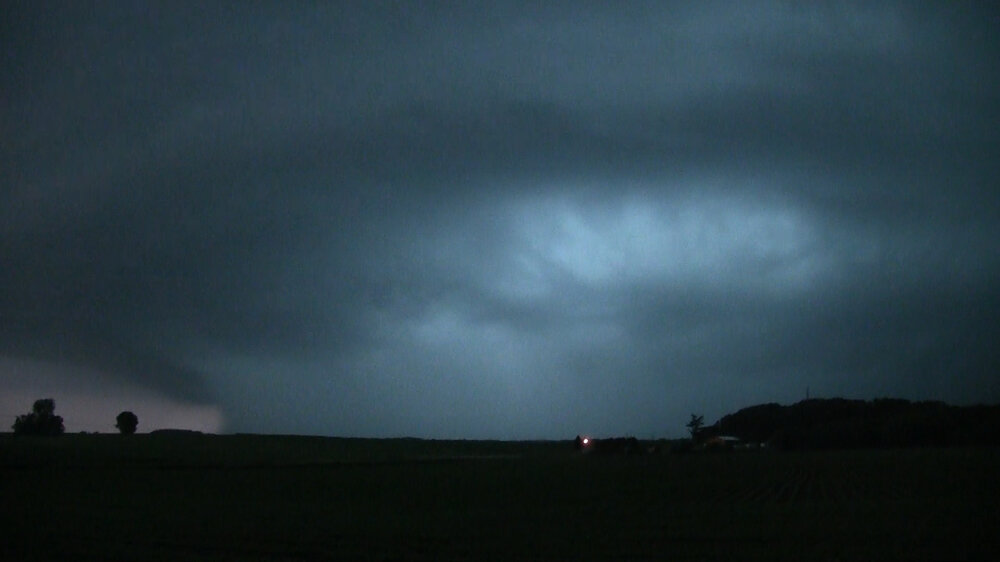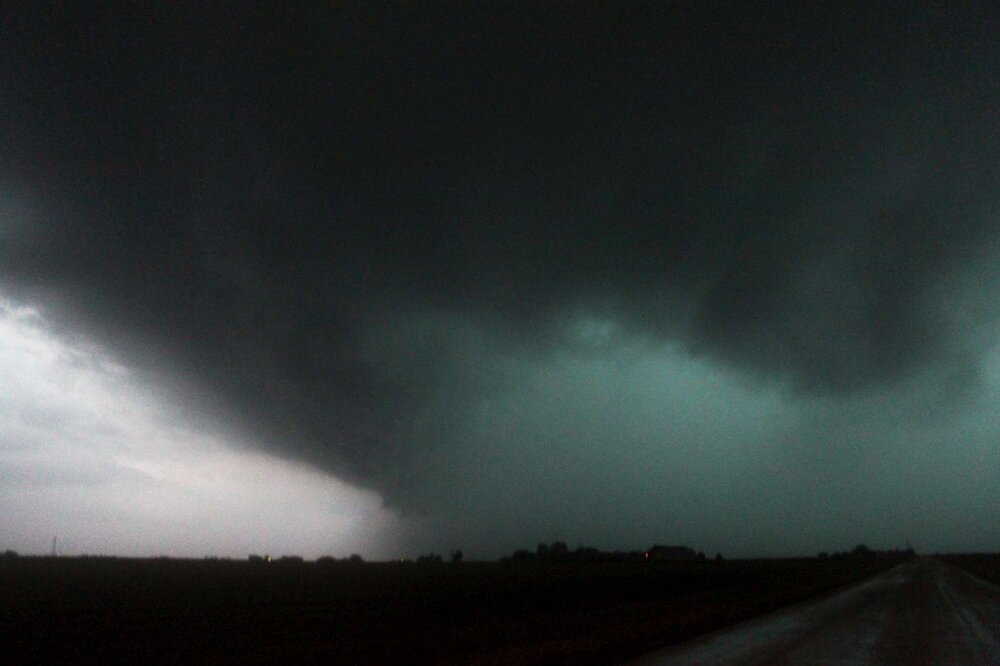-
Posts
3,248 -
Joined
-
Last visited
About CheeselandSkies

- Birthday January 17
Profile Information
-
Four Letter Airport Code For Weather Obs (Such as KDCA)
KMSN
-
Gender
Male
-
Location:
Madison, WI
Recent Profile Visitors
The recent visitors block is disabled and is not being shown to other users.
-
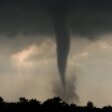
2025 Short Range Severe Weather Discussion
CheeselandSkies replied to Chicago Storm's topic in Lakes/Ohio Valley
Wednesday looks potentially interesting, but that could just be me NAM wishcasting again. -

2025 Short Range Severe Weather Discussion
CheeselandSkies replied to Chicago Storm's topic in Lakes/Ohio Valley
-

2025 Short Range Severe Weather Discussion
CheeselandSkies replied to Chicago Storm's topic in Lakes/Ohio Valley
GFS has been somewhat interesting for Friday afternoon/evening around northern IL, although it generates so much precip its hard to get a good handle on what the warm sector might actually look like. Near IL/WI stateline, more hodograph curvature, less instability: Further southeast, near SW burbs. Nice fat CAPE and plenty of 0-3KM CAPE: Those hodographs coupled with the high PWATs suggest HP modes to me, however especially on the second one it looks like the SR inflow might be small enough you can get smaller cells that aren't as rainy as you'd otherwise expect. We've pulled that off around here before on days like 8/9/21. -
First *we'd* need to actually have an MCS over here. Although at least we have been doing pretty decent with the popups around Madison.
-
Yet another meteorologically unremarkable tropical system overperforms in the impacts/fatalities department due to freshwater flooding.
-

2025 Short Range Severe Weather Discussion
CheeselandSkies replied to Chicago Storm's topic in Lakes/Ohio Valley
Kind of annoying that this active Northern Plains pattern hasn't really been able to move east in any meaningful fashion. Time was when eastern SD got tornadic supercells in the evening that meant we'd be getting a bow echo overnight. -

2025 Short Range Severe Weather Discussion
CheeselandSkies replied to Chicago Storm's topic in Lakes/Ohio Valley
Watch out for the western portion of the MCD area. Already a spotter reported tornado in Freeborn County, MN. However CAMS have been less than enthusiastic about today WRT potential robustness of any discrete warm frontal supercells. -

2025 Short Range Severe Weather Discussion
CheeselandSkies replied to Chicago Storm's topic in Lakes/Ohio Valley
Ten years ago OTD. Coal City/Braidwood, IL EF3 along with another EF3 in southeastern Iowa and several EF2s including the one that impacted the Woodhaven Lakes campground near Sublette (hit again, also EF2, during the outbreak of 3/31/23). I would have been able to see that one and the following EF1 in Mendota had they not been completely rain-wrapped. -
That MCV looks like a frickin' landcane on the 12Z 3K NAM. Too bad it can't be coming through 3-4 hours later.
-
*Sigh*. Guess I'll armchair chase an event off to the east after two days of armchair chasing events off to the west.
-

2025 Short Range Severe Weather Discussion
CheeselandSkies replied to Chicago Storm's topic in Lakes/Ohio Valley
I'm actually looking more at Tuesday evening. 00Z NAM moves an organized convective system through a strongly unstable environment in E IA/S WI/N IL Tuesday afternoon with what looks like some potential for supercells along the southern flank of it. These setups are always finicky with timing/placement of subtle shortwaves and associated MCS's which are crucial to determining the existence/placement of any chase-worthy threat. Often can't pin them down until the evening before at the earliest. -

2025 Short Range Severe Weather Discussion
CheeselandSkies replied to Chicago Storm's topic in Lakes/Ohio Valley
Could be looking at some action next week in the northern/western parts of the sub. -
Ugh. Not a fan of this type of warning. "Possible large and extremely dangerous..." "Radar indicated rotation" It's either radar (TDS) or spotter confirmed as being "large and extremely dangerous," or you don't use the PDS designation.
-
I'm curious, at what level are the winds bringing the smoke in? According to the models we should be in southwest flow at 500 with this thunderstorm setup ahead of the incoming cold front.
-
Huh. Unless I was reading it wrong all the social media hype seemed to be for Sunday night.



